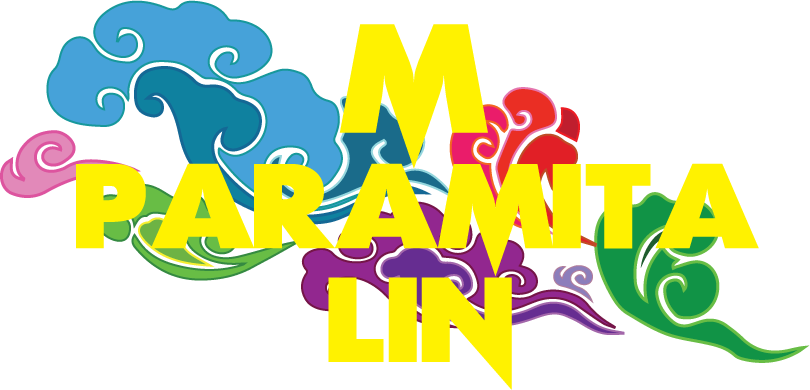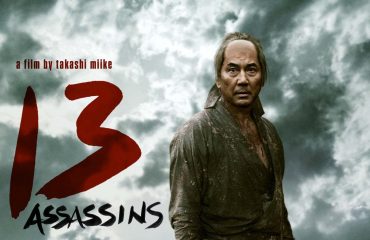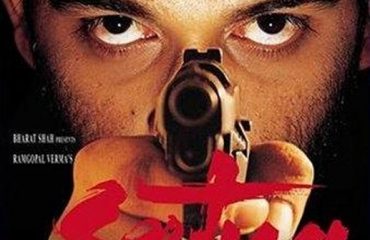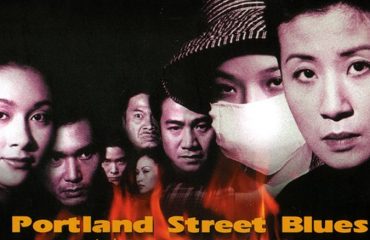Note: I’m trying something a little bit different with Tough Guys, Gangsters, and Delinquents in Asian Pop Culture by looking at a music video and rapper instead of a fictional character. However, you could make the argument that rappers often create fictional characters around themselves, so it still works? Either way, it was fun to write this!
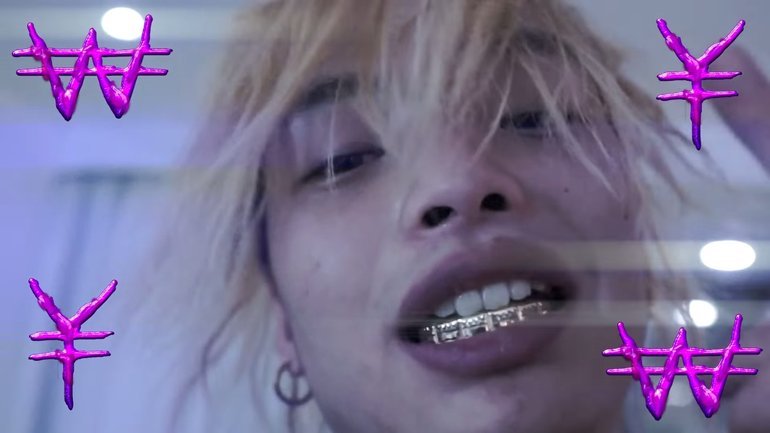
It’s no surprise that Keith Ape became a breakout star after the video for “It G Ma” went viral in 2015. There are four other talented rappers involved in the video–JayAllDay, Kohh, Okasian, and Loota–but it’s Keith’s off-kilter, reckless, and even menacing energy that distinguishes him from everyone else. He’s like a character out of a Takashi Miike film, and I mean that as a compliment.
On the surface, this is just another trap video of young people doing young people stuff. I know my friends and I are old now because our reactions were along the lines of “If he spills that makgeolli, the floor is going to be really sticky and gross” and “Why is he wearing his shoes on the bed?!” But what is truly fascinating about this video (aside from how clean those kids’ shoes and clothes are) is what it tells us about Korean and Japanese contemporary delinquent culture.
Are these kids delinquents? Perhaps not in real life, but they do traffic in the imagery of delinquents, which in current times is closely tied to hip hop culture, although in Japan particularly, delinquent style has been inspired by black culture even before hip hop was invented.
Let’s begin first with a brief history of colonization: as we all know, the United States forced Japan to open up for the first time in 1853 and then properly colonized it after they bombed Japan into submission during World War II. The United States also colonized Korea after World War II and continued in South Korea after the partition of the country. To this day, the United States has military bases in both countries.
This meant that American pop culture eventually forced itself into the countries’ cultural consciousness, often portrayed as a contrast to what local culture was like. Eventually, this became the eye-rolling “traditional culture is backwards and oppressive while Western culture is modern and free” propaganda that people (even in Asia because that’s how deep colonization runs) ascribe to and certain Asian American writers profit from.
The American presence in Japan and South Korea did not create delinquents, but it did provide delinquents with a new form of self-expression. Young people in post-war Japan took to the rebellious imagery of the 1950s and 1960s, spawning the different yankii subcultures (the etymology of the term “yankii” is contested although some people believe it comes from “yankee”) patterned on various greaser and rockabilly styles. Greasers and rockabillies in the West were usually from working class backgrounds (and notably not Anglo backgrounds but from “ethnic” ones like Italian or Irish), and it’s no surprise that Japanese youths from similar backgrounds were drawn to the angst and resentment brought out by class issues.
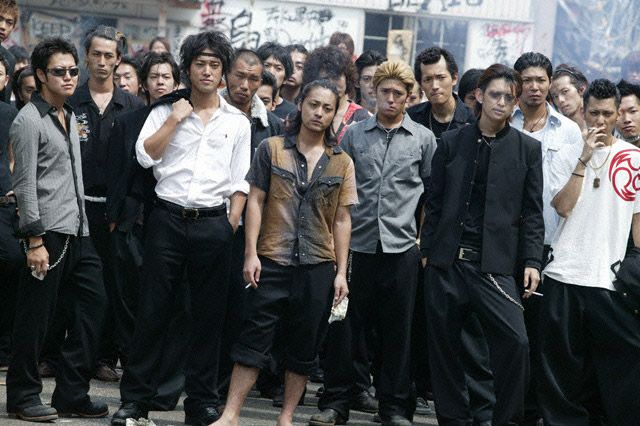
One of the most characteristic hairdos that yankii are known for is the “regent” hairstyle, which is basically a stylized pompadour.
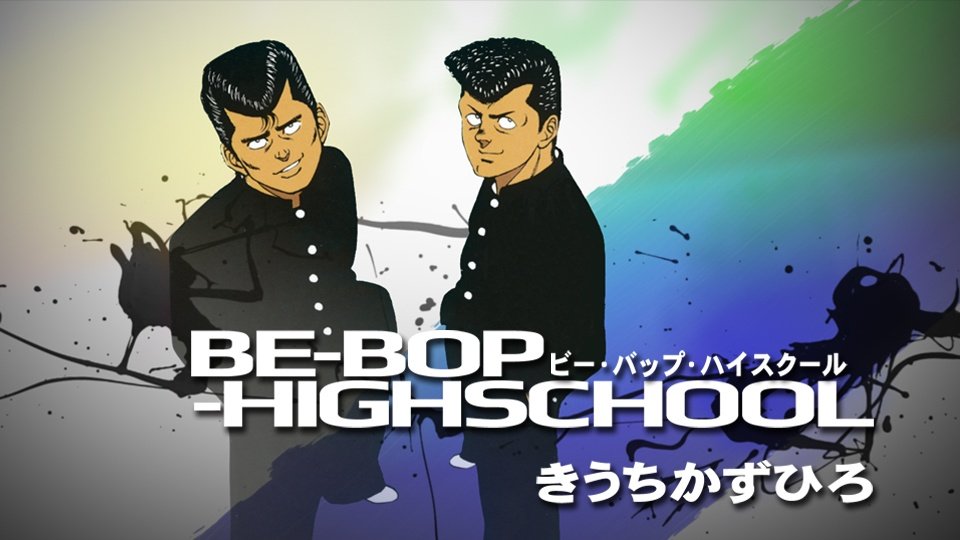
This article explains the history behind the regent very well, and I’d like to draw your attention to this passage in particular (italics mine):
By the early 1960s and the start of middle-class youth consumer culture, the regent died off; it too vividly symbolized post-war delinquency. Yet the look re-emerged around 1966 as the leading hairstyle of the sukaman (“Yokosuka mambo”)—lower-class youth who hung around with American Navy seamen in Yokosuka and Yokota. With most rural white soldiers in buzzcuts, the sukaman found inspiration in their regents from black soldiers and soul musicians like James Brown. This resurgence only tarnished the regent further with a low class reputation: Go-gos and dance clubs in Tokyo proper explicitly called out on posters “No sunglasses, no regents .” The sukaman found this inconvenient but this only reinforced their own preference of the look for its clear power of defiance.
Why is this important? When “It G Ma” came out, the issue of cultural appropriation was raised, especially in light of the song’s similarities to OG Maco’s “U Guessed It” (which I’m not going to be able address here). What’s interesting here though, as that article on regent hairdos explains, is that hip hop isn’t the first time that black culture has inspired delinquent culture in Japan.
As I’ve mentioned before in this series, tough guys, gangsters, and delinquents are always positioned against mainstream society. We love them and their stories because their presence challenges our hypocrisies and the predatory systems and institutions. In many stories, tough guys and delinquent protagonists especially against injustice and oppression. With that in mind, it’s not surprising that black culture–whose roots lie in struggling against oppression and injustice–has influenced how delinquents express themselves in Japan.
And what about South Korea? While South Korea doesn’t have the same yankii culture that Japan does, the US influence on its pop culture is pretty well-documented, with the first-ever Korean boy band, Seo Taijji and the Boys, using a blend of hip hop, R&B, and pop music to express the spirit (if in a slightly watered-down form considering the censorship of the time) of delinquency. In a series of articles that discuss the history of K-pop, moonROK explains:
…the lyrics weren’t about dramatic breakups or shy glances at girls (though admittedly some of the lyrics were about love), but instead about frustration towards the school system and the oppression of youth via government brainwashing.
Dexter Thomas, who wrote about “It G Ma” here and is doing a PhD on Japanese hip hop, explains that the coolness of black culture lies in its own marginalization, because what is cool is not “normal” or mainstream.
It’s no surprise then that delinquents will find a lot of cultural signifiers to plumb in hip hop, which is, for better or worse, closely linked to black culture.
One thing that I will say, though, about Asian-rooted hip hop artists like Keith Ape or Loota the Higher Brothers who don’t rap in English. Despite how much they are influenced by hip hop culture, their music and attitudes are still clearly presented through a Korean or Japanese or Chinese reality. It adds a really fascinating depth to what they’re doing, which is probably why Keith or the Higher Brothers are seeing more international success than, say, Asian-American rappers.
